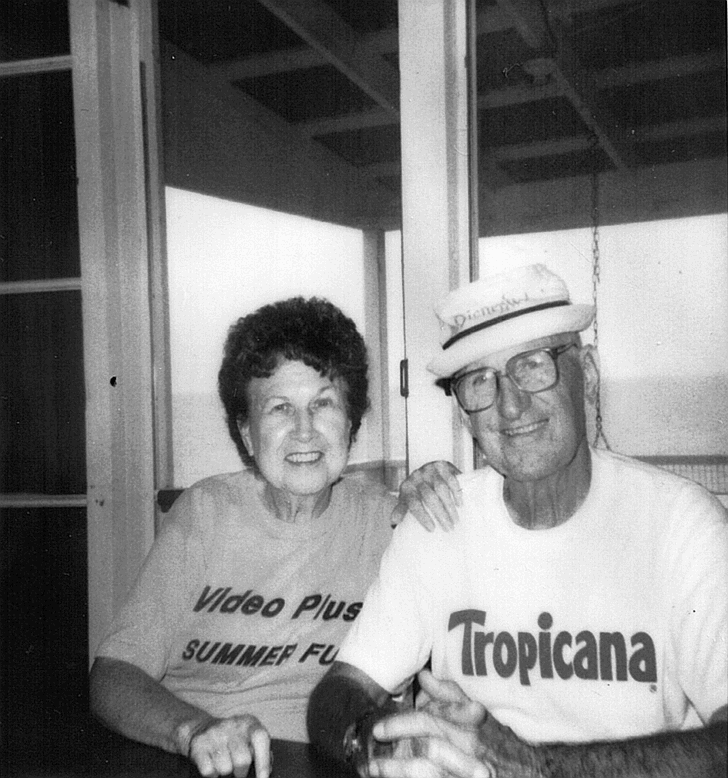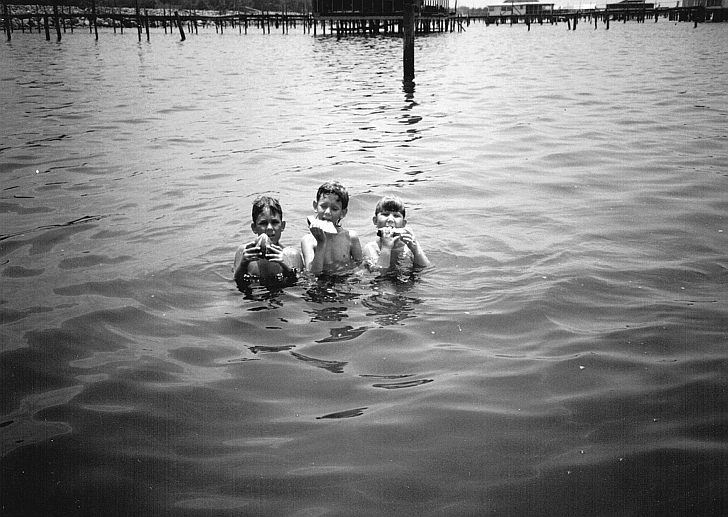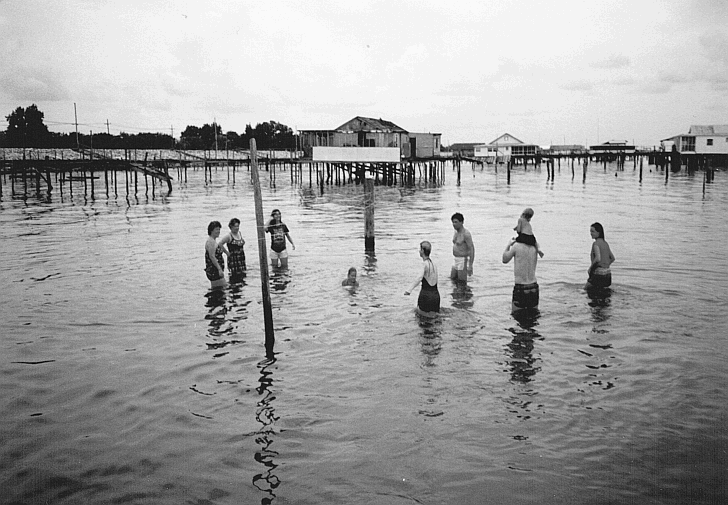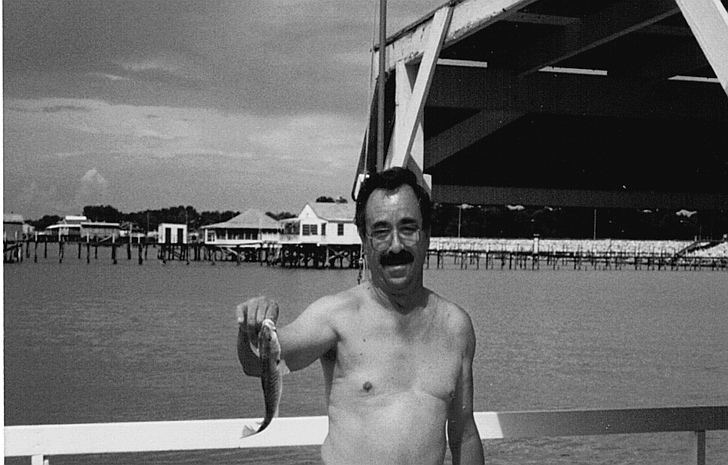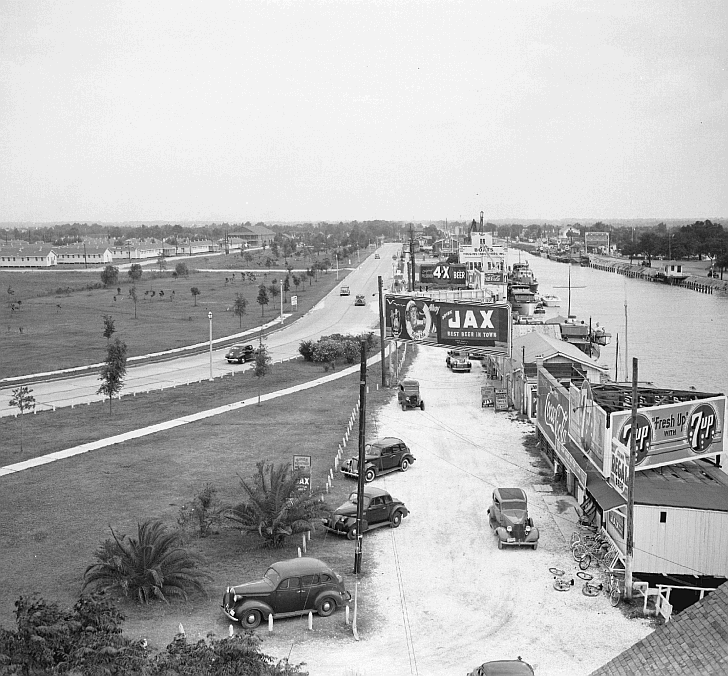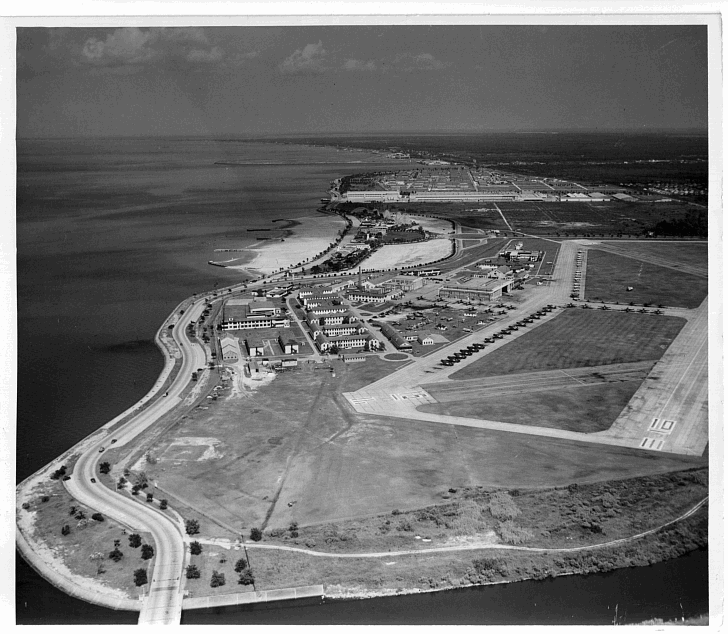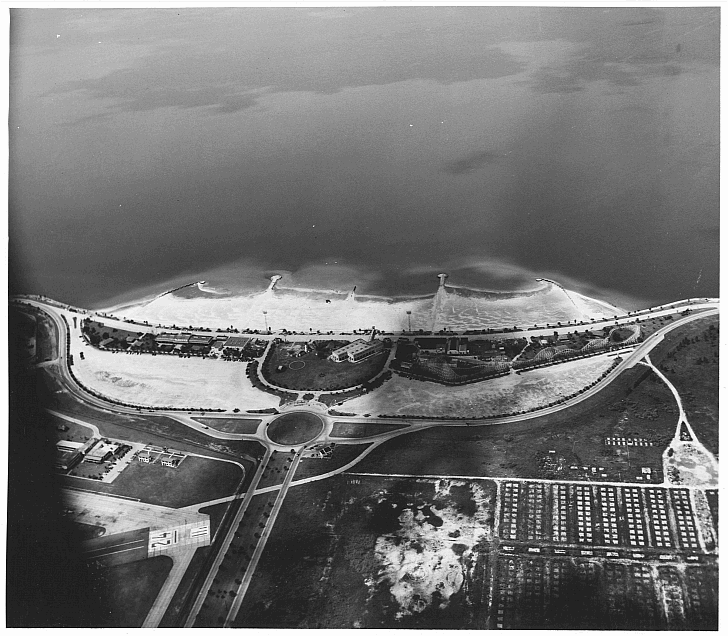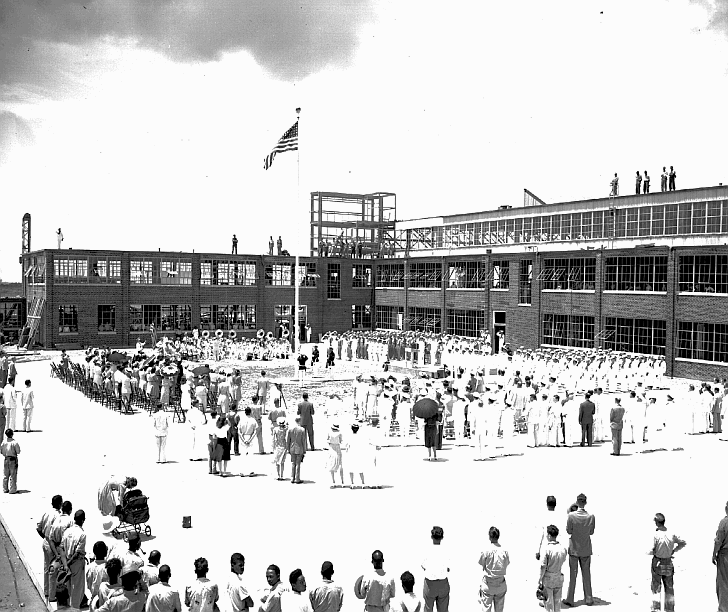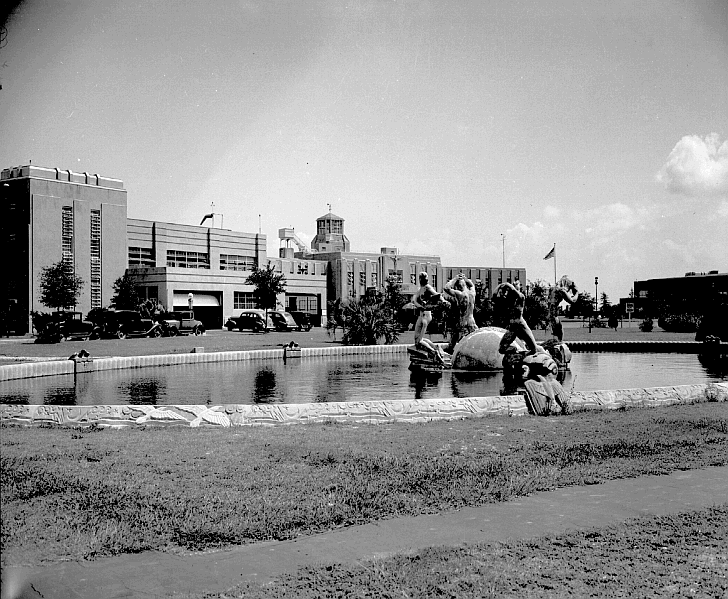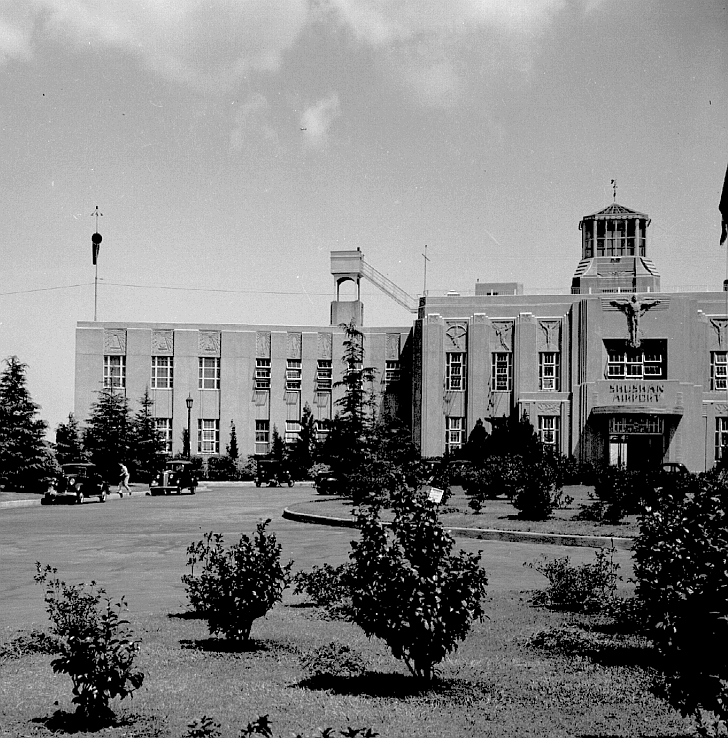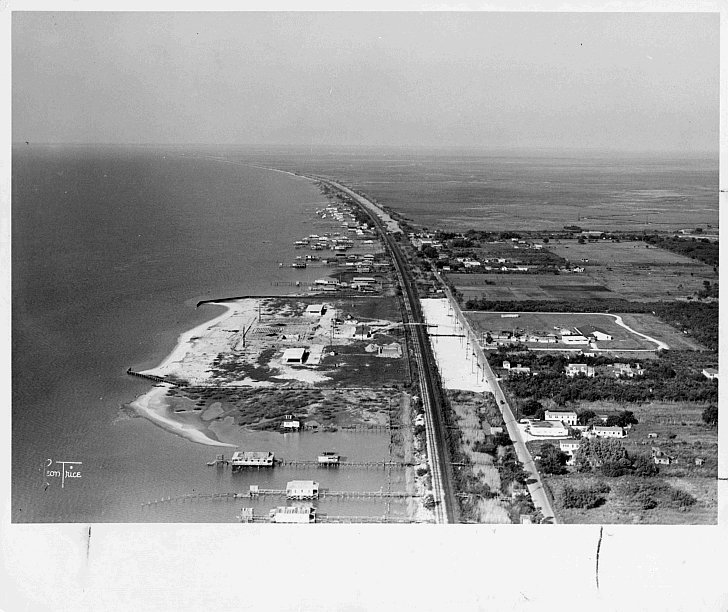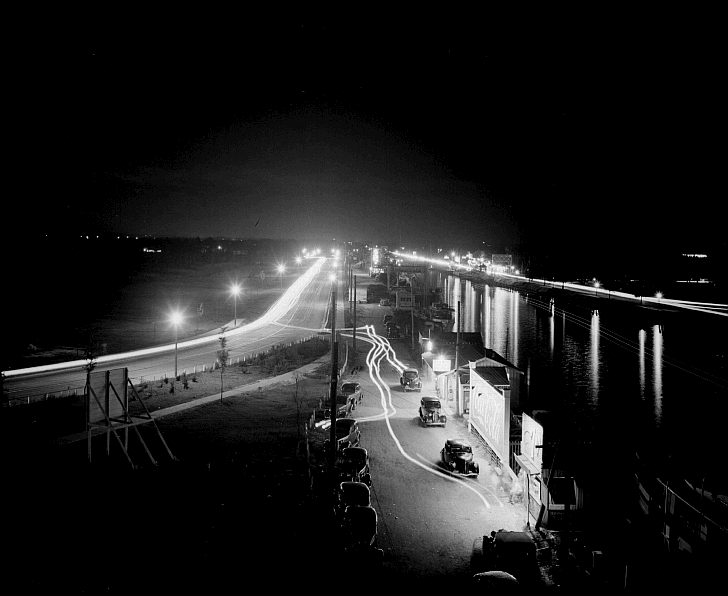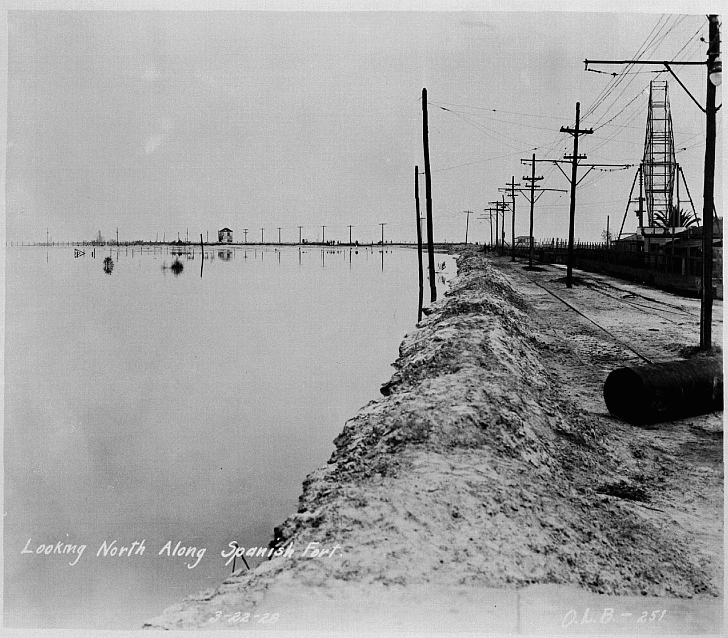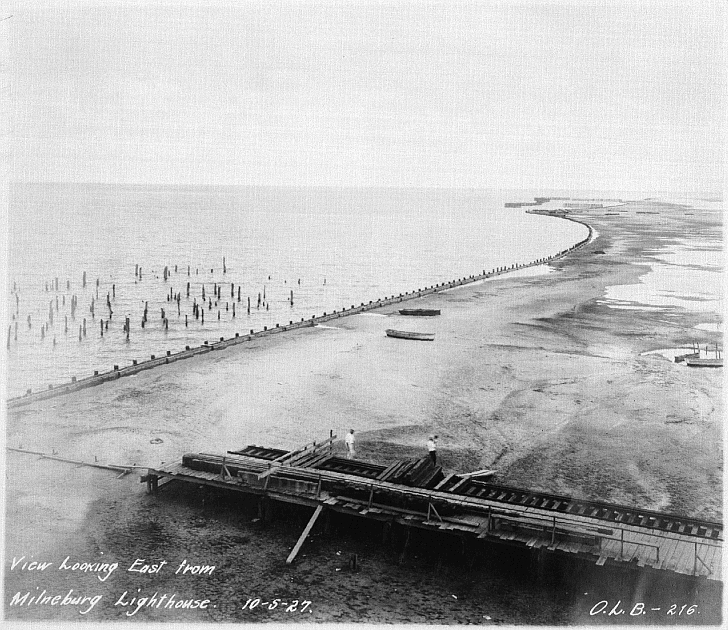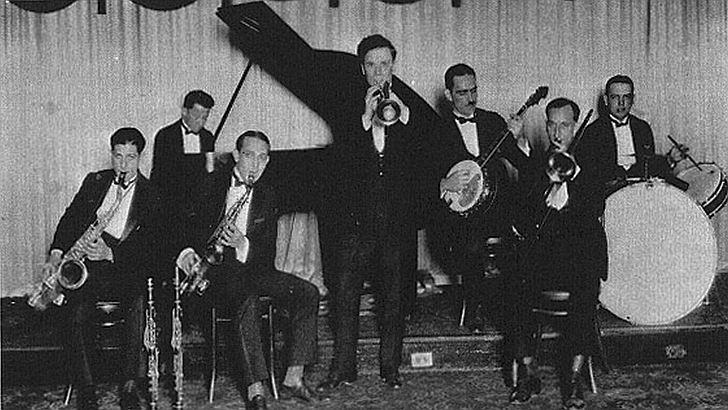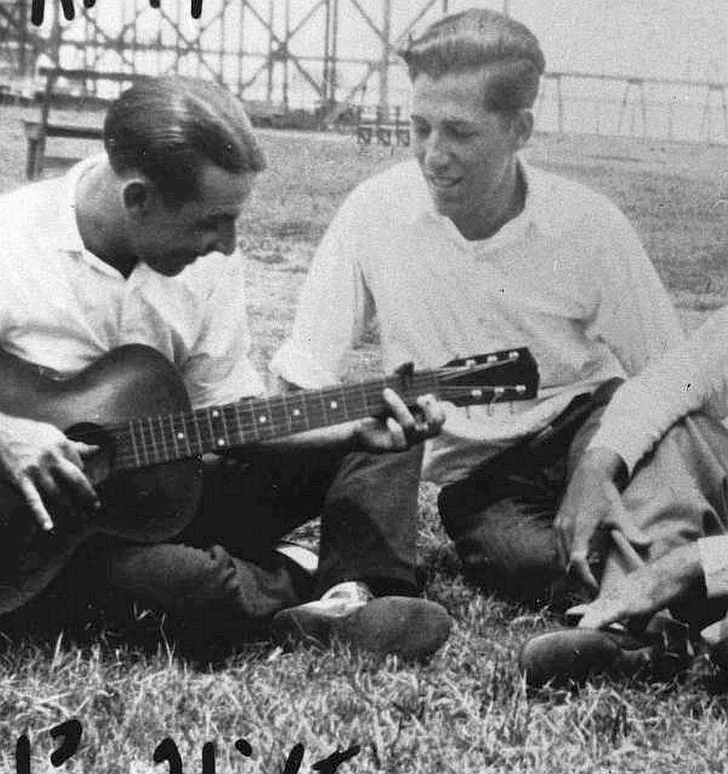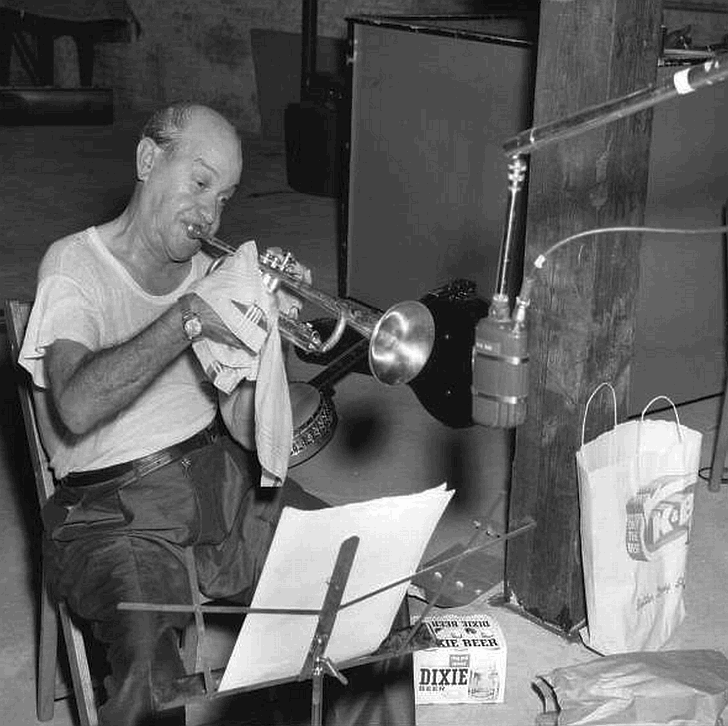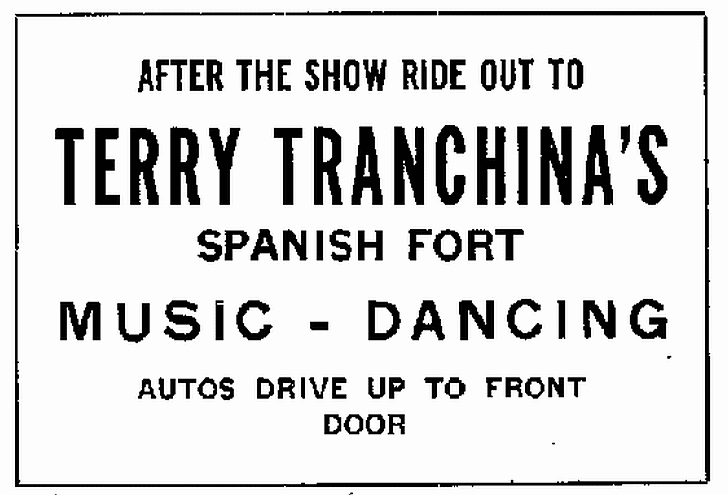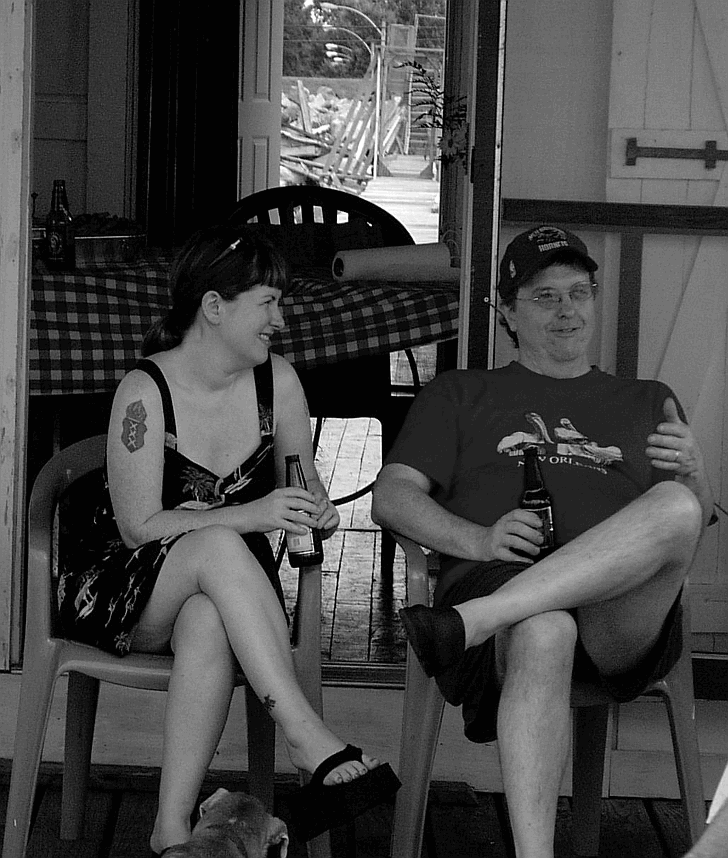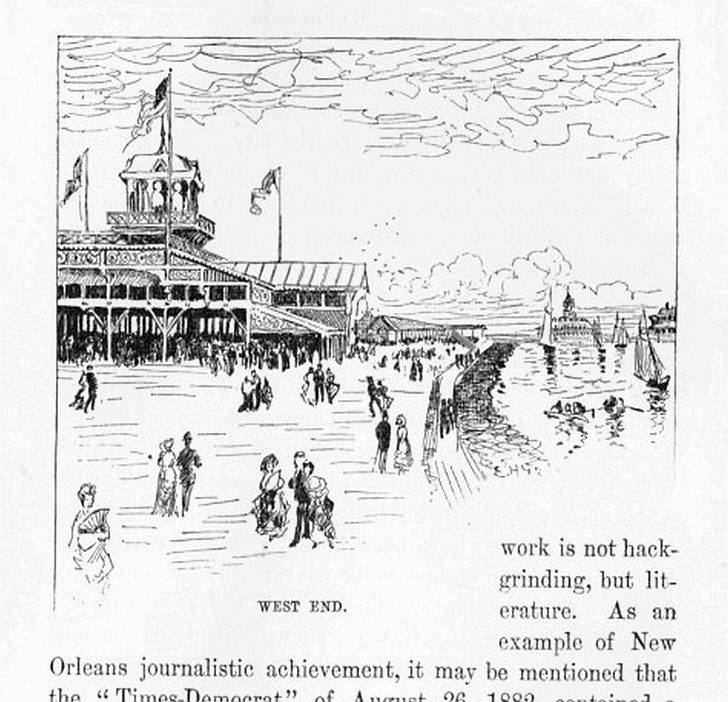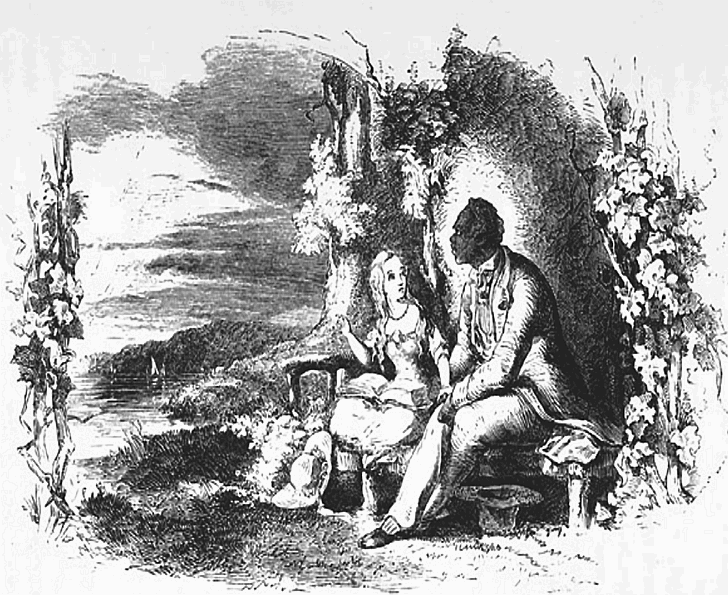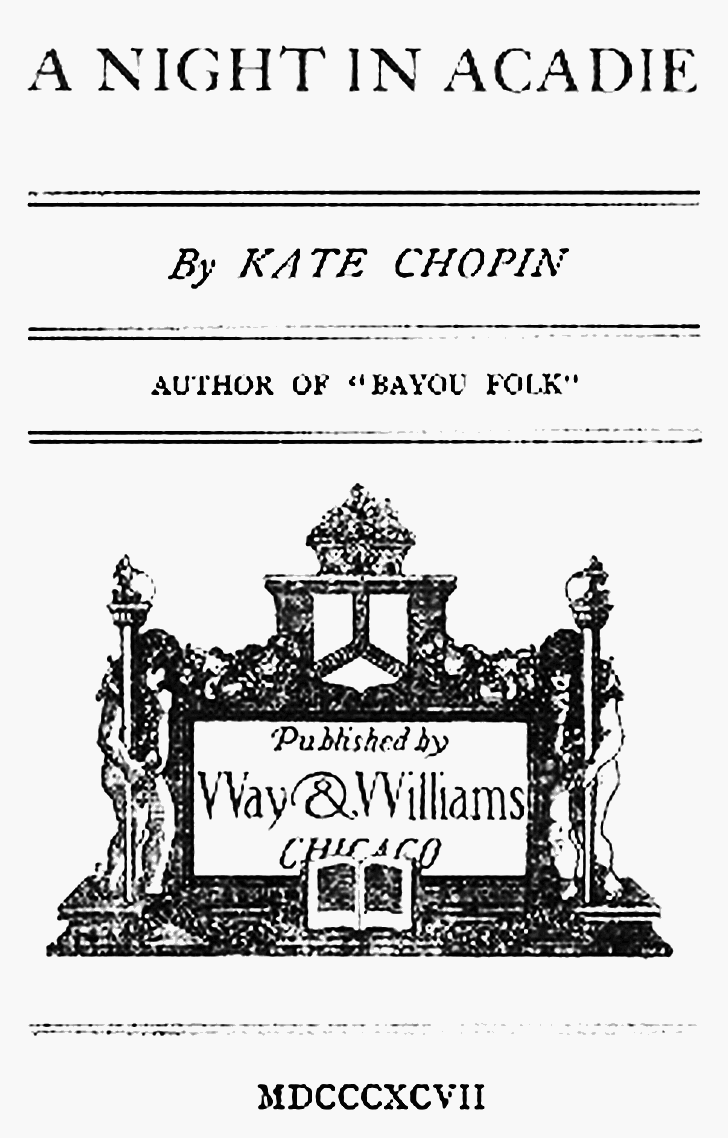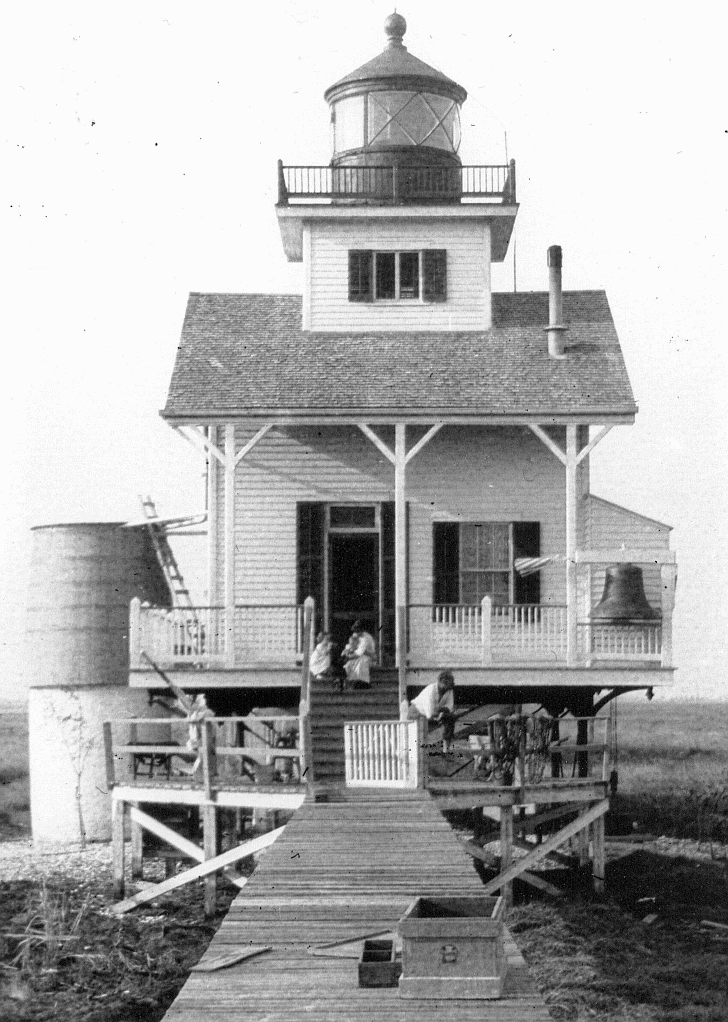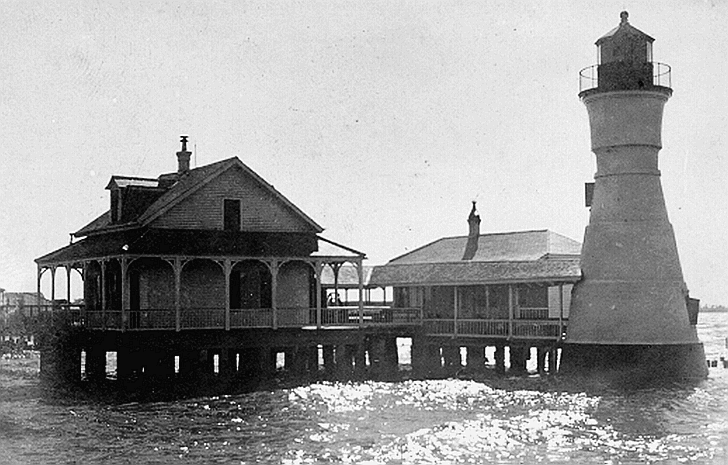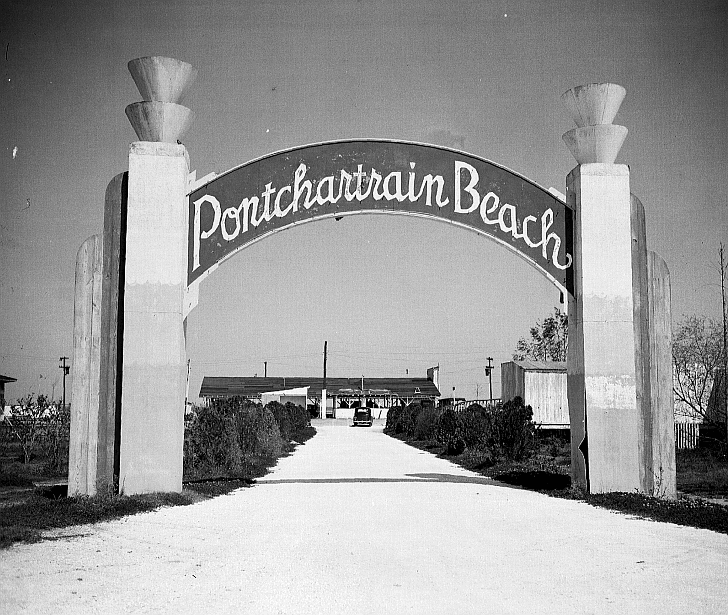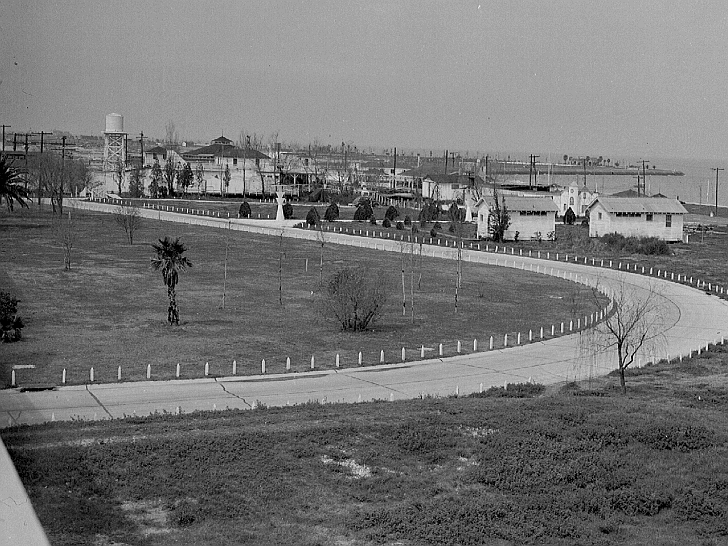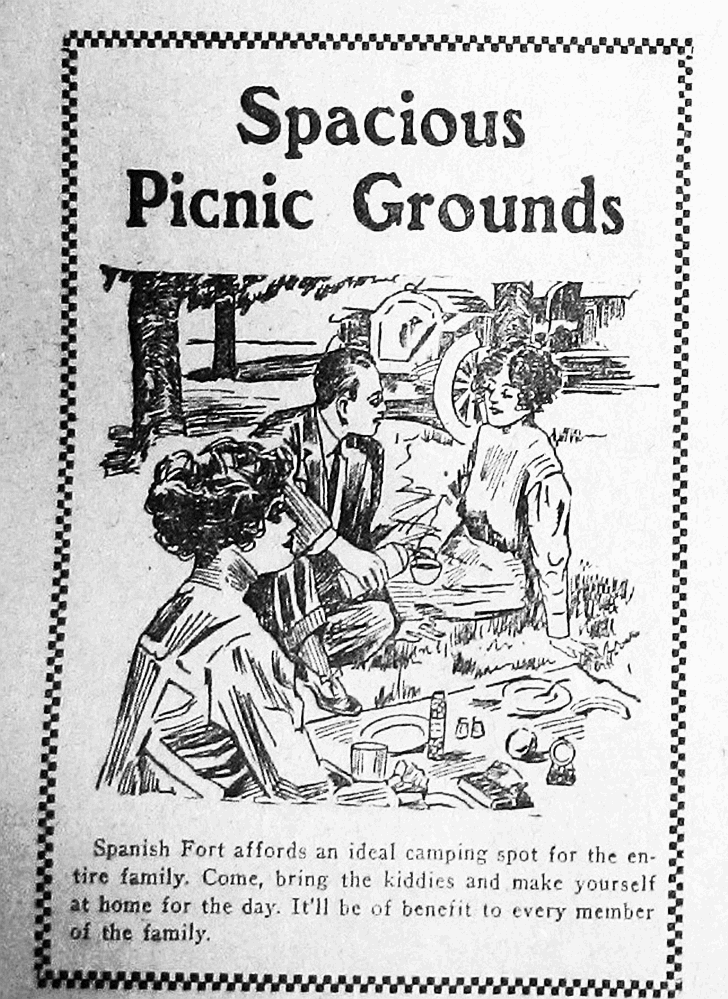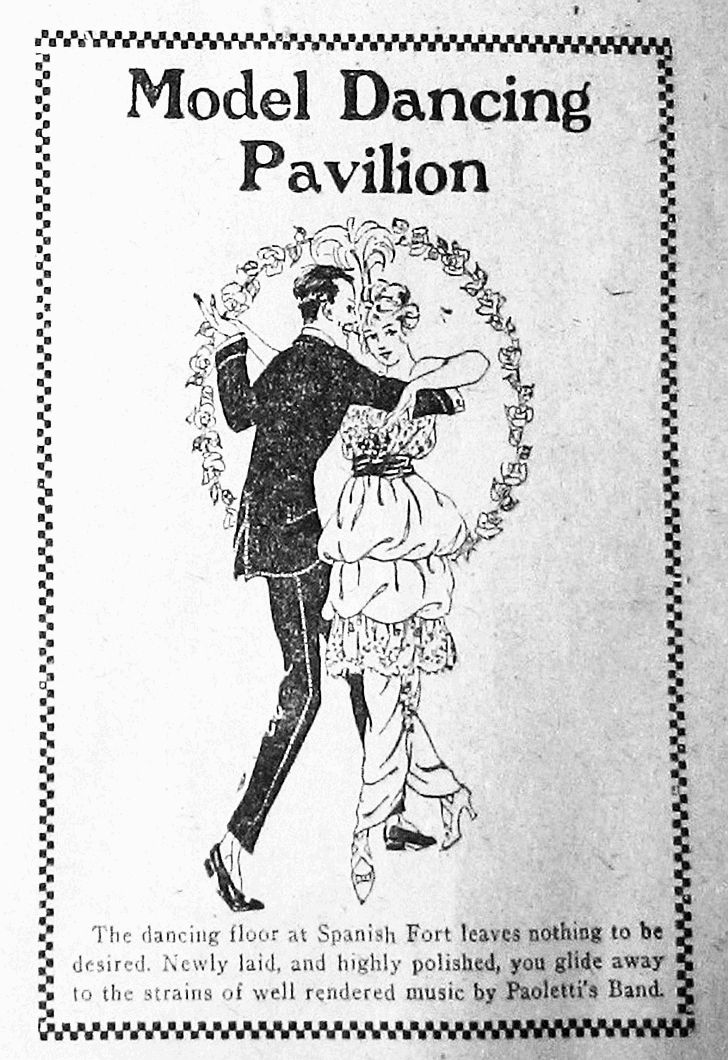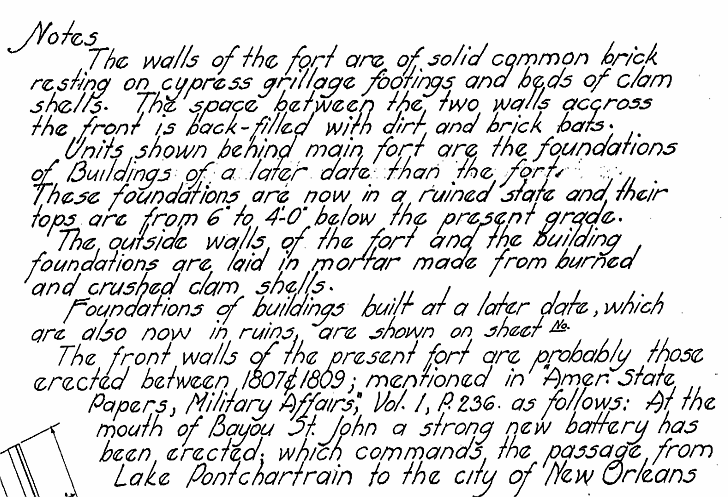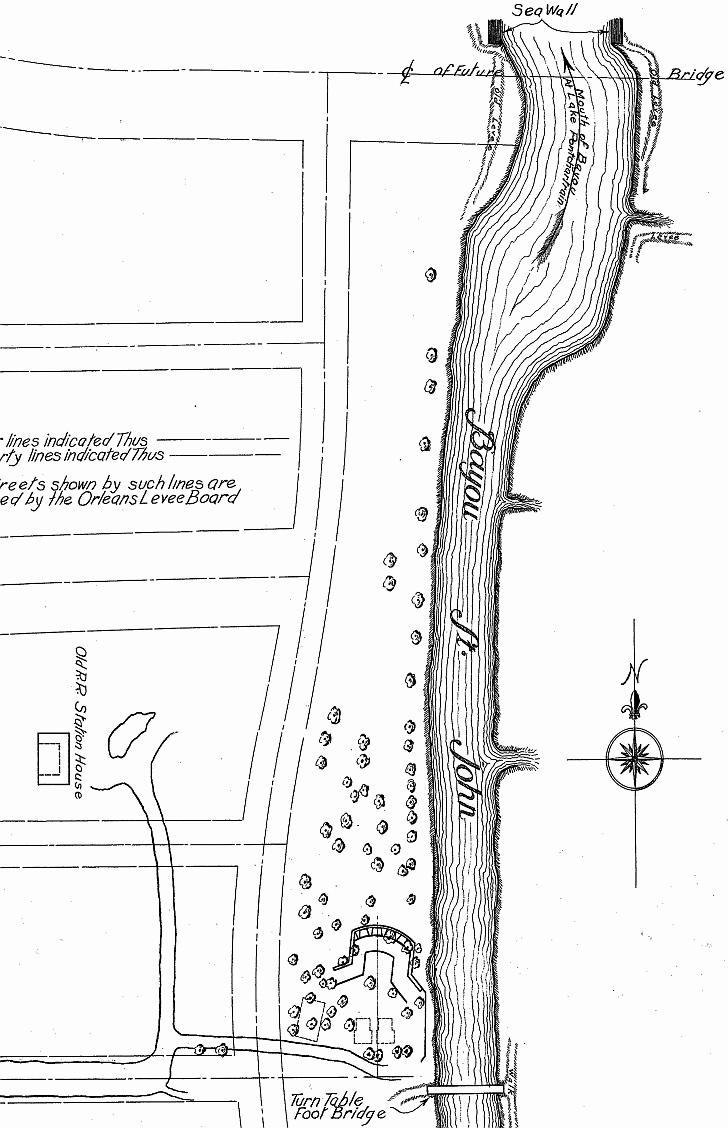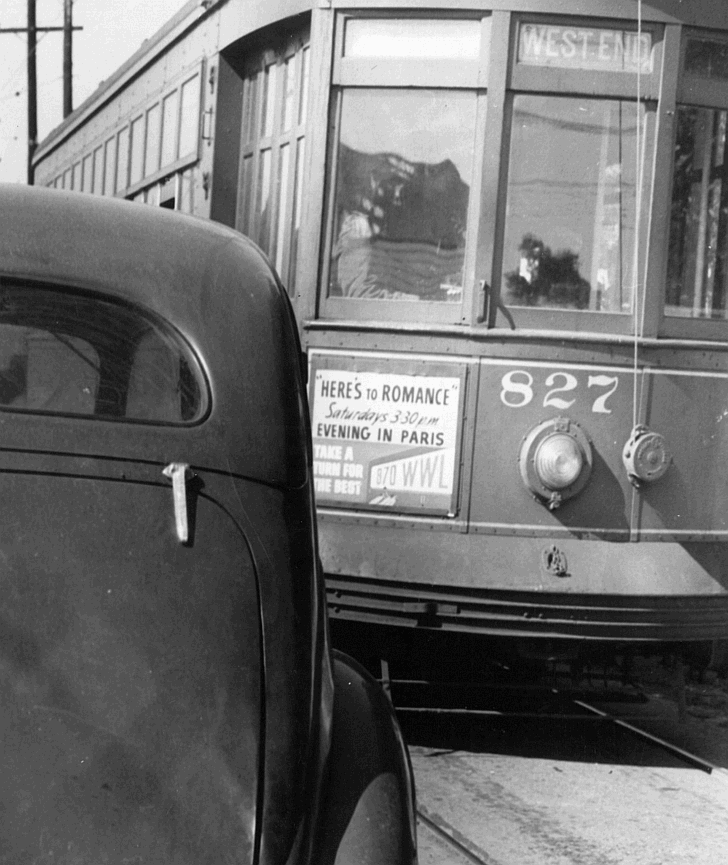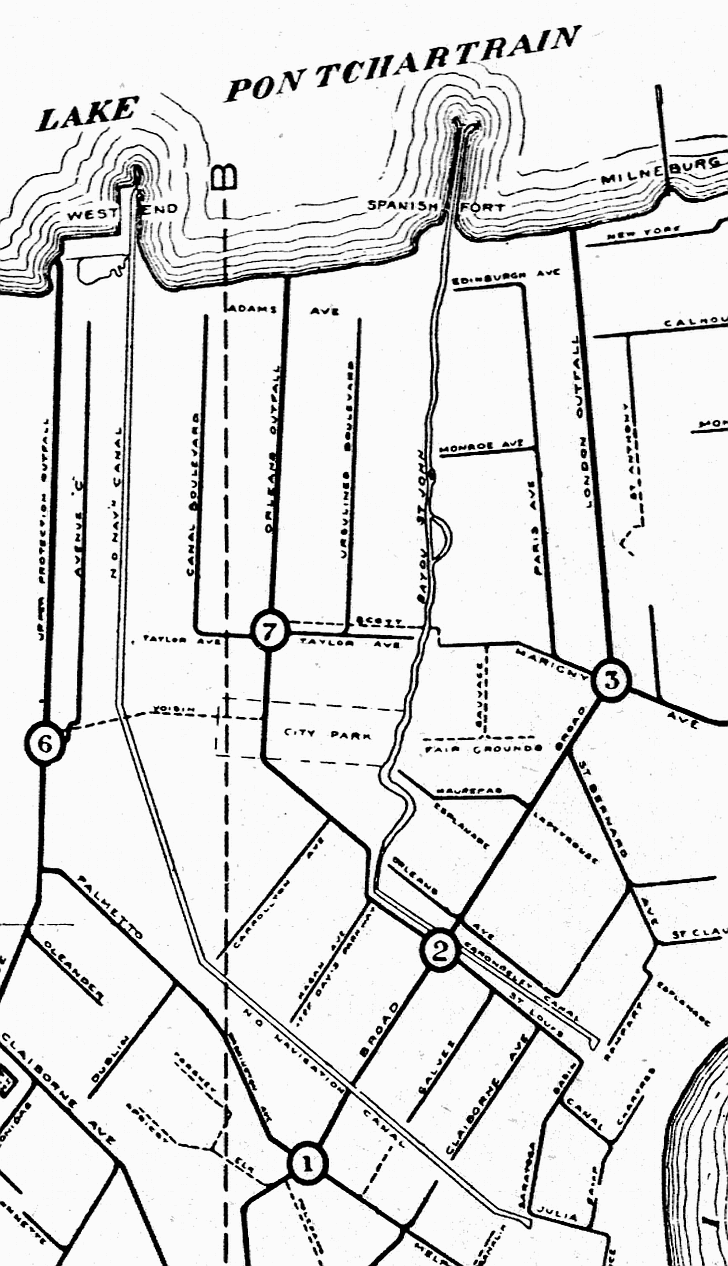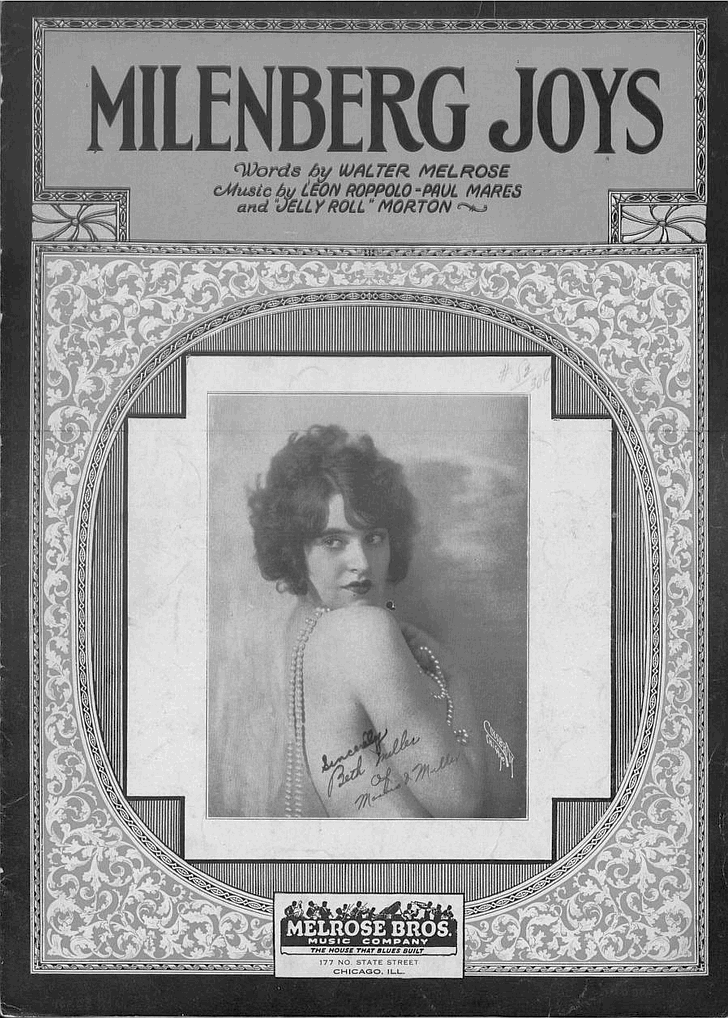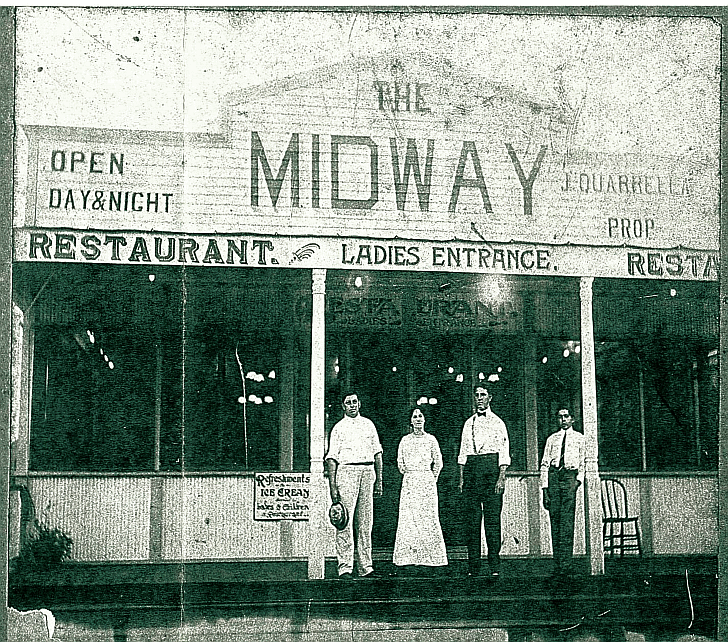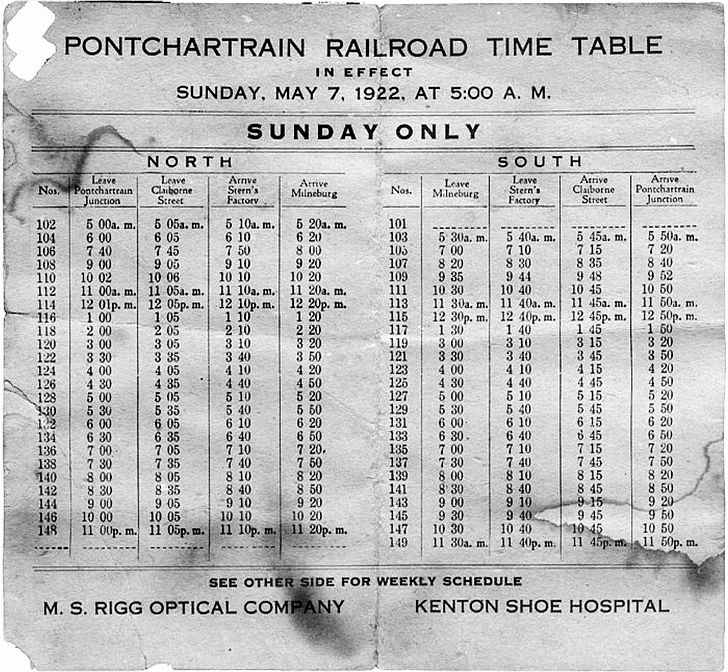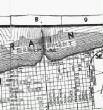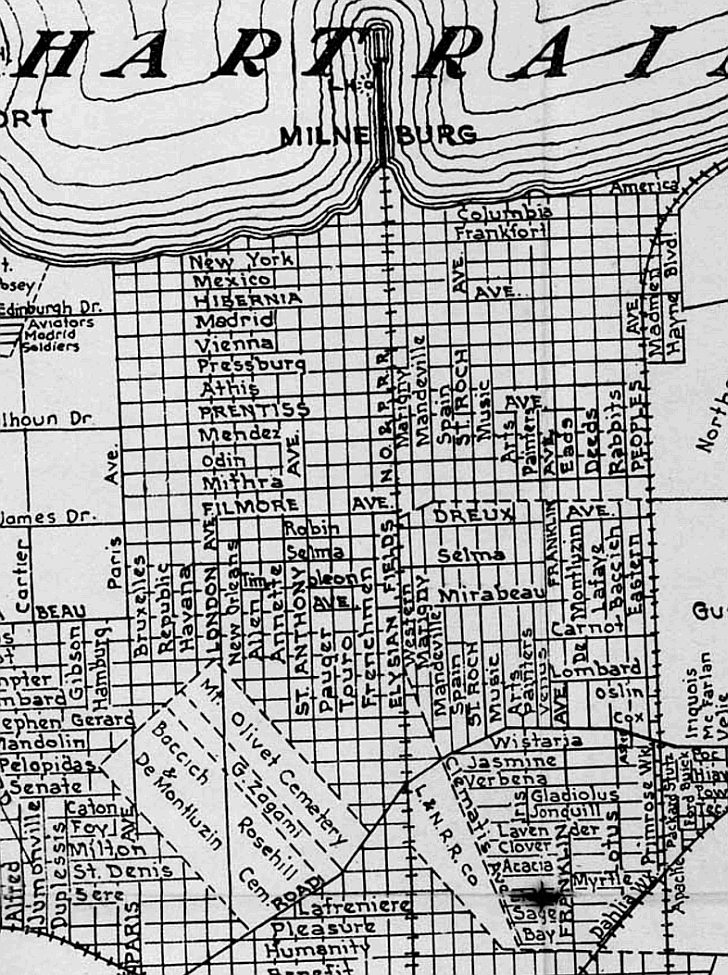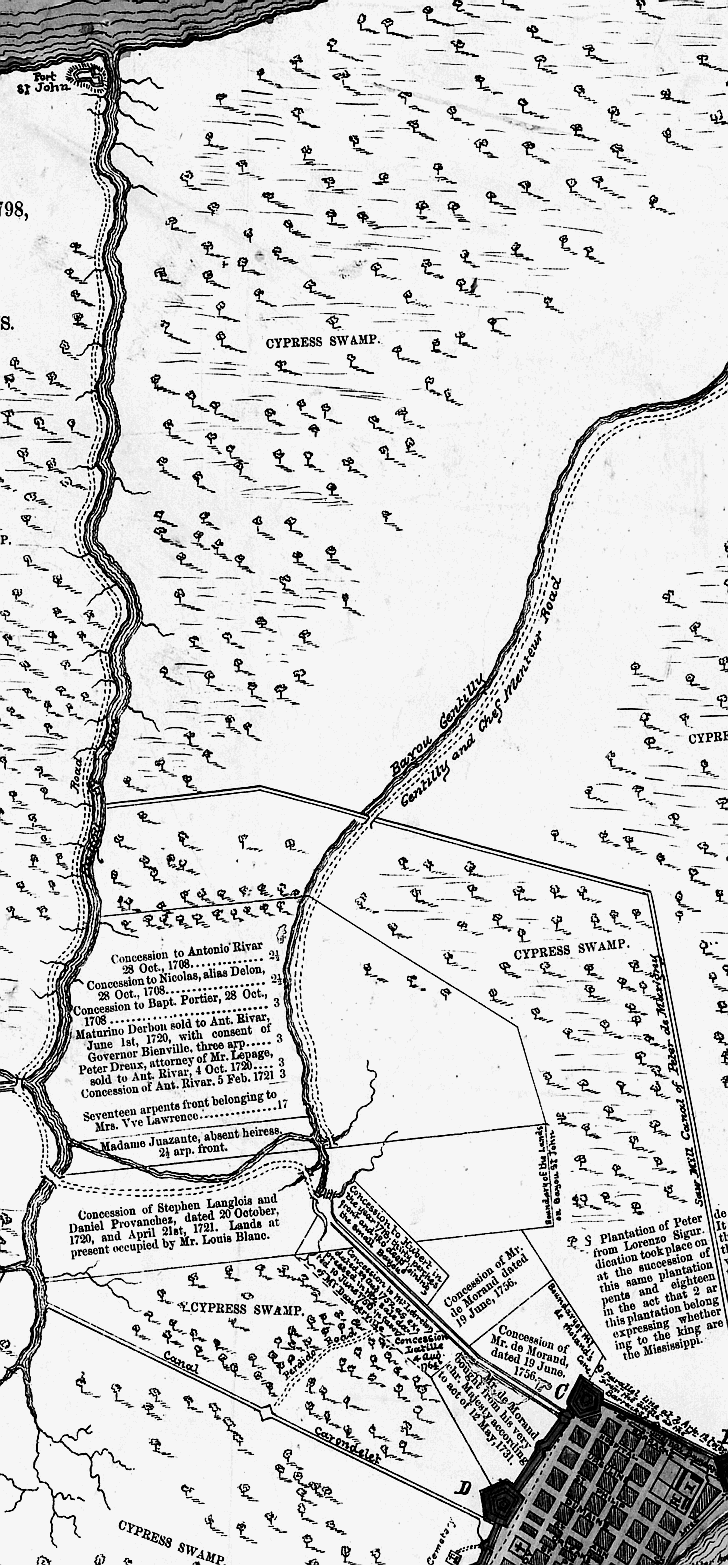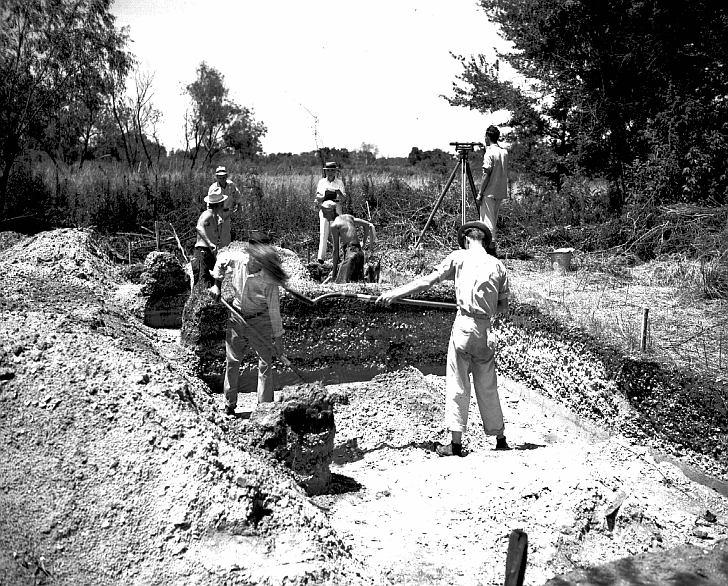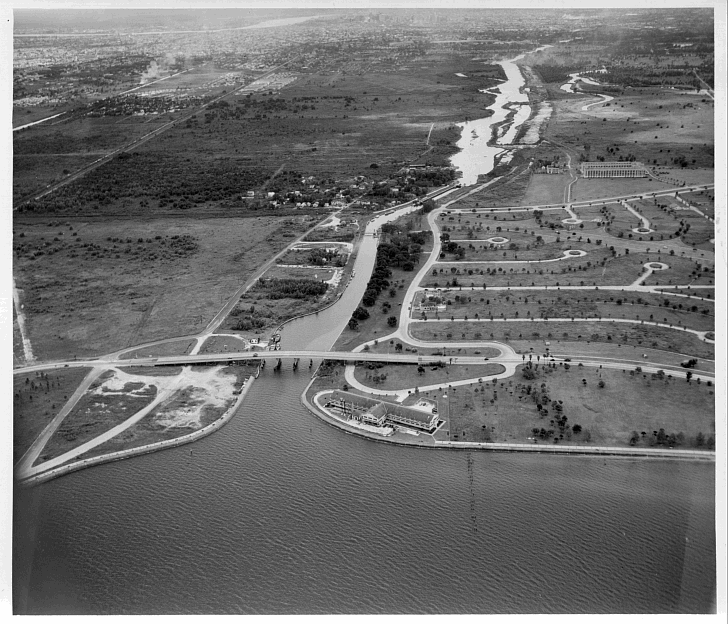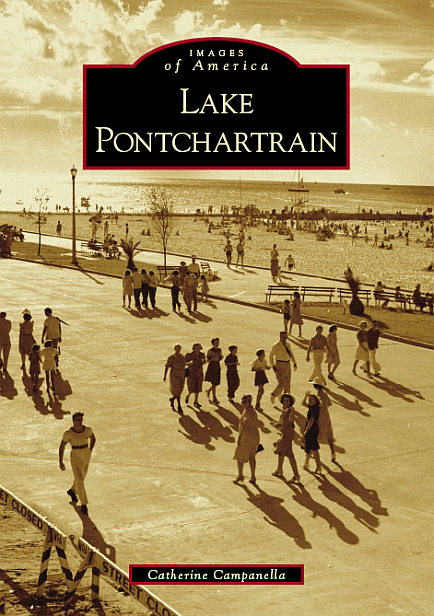|
Lake Pontchartrain (Images of America) |
|
|
|
War and Peaceful Pursuits |
|||||||||||||||||||||||||||||||||||||||||||||||||||||||||||||||||||||
|
|
WWII put plans for many residential
and recreational developments along the New Orleans lake shore on hold. Instead, the reclaimed shore became the home of (from
west to east) the U.S. Coast Guard Light House Station at West End, the adjacent U.S. Army Hospital (Lagarde) General Hospital,
the U.S. Naval Hospital, the U.S. Coast Guard Station at Bayou St. John, the U.S. Maritime Commission (on Bayou St. John near
the lake), the Naval Reserve Aviation Base Aircraft Carrier Training Center (between the London Ave. Canal and Elysian Fields
Ave – now the University of New Orleans), the Navy Assembly Plant and Consolidated Vultee Aircraft Co. (east of Pontchartrain
Beach), the German POW Camp, the U.S. Army Bombing Squadron/Camp Leroy Johnson (just west of the Industrial Canal), and the
National Guard Hanger and Seaplane Ramp (between the Industrial Canal and the Shushan Airport. Higgins Industries
designed and built WWII vessels (including the famed LCVP landing boats) in plants located on City Park Avenue abutting Bayou
St. John and along the Industrial Canal. The bayou, canal, and the lake were used during the war to test the boats. Evidence
of wartime testing still exists in the high signal signs along Lakeshore drive; mile markers used to gauge speed. Hurricane
Katrina was not the first occurrence of a breach in protection of the 17th Street Canal walls. During a 1947 storm several
breaks accounted for flooding in Jefferson and Orleans Parish (primarily along the lakefront and in Gentilly). Lakefront
attractions had enticed locals and visitors for more than a century before Lincoln Beach was opened exclusively for “Negroes”.
Although Milneburg had allowed for mixing of the races it was somewhat unique in that respect. During the 1930’s the
WPA planned a 10 acre park off Hayne Boulevard in New Orleans East. Lincoln Beach opened in the early 1940’s but it
wasn’t until 1953 that the New Orleans Levee Board began a half-million dollar renovation that matched some of the amenities
offered at Pontchartrain Beach. The renovation included fresh water swimming pools, a new bath house, picnic shelters, and
an expanded and rebuilt midway. Noted musicians performed at Lincoln Beach including "Papa" Celestine, Fat’s
Domino, and Sam Cook. The park was closed in 1964 by a federal order forbidding the operation of segregated facilities. Pontchartrain
Beach Amusement Park moved from its original location near Spanish Fort to Elysian Fields Avenue on the lakefront in 1940.
It closed in 1983.
|
Excerpts from New Orleans City Park (Images of America)
|
|||||||||||||||||||||||||||||||||||||||||||||||||||||||||||||||||||
|
|
|||||||||||||||||||||||||||||||||||||||||||||||||||||||||||||||||||||


